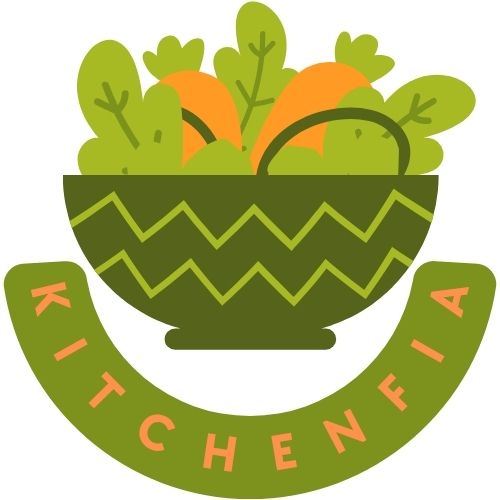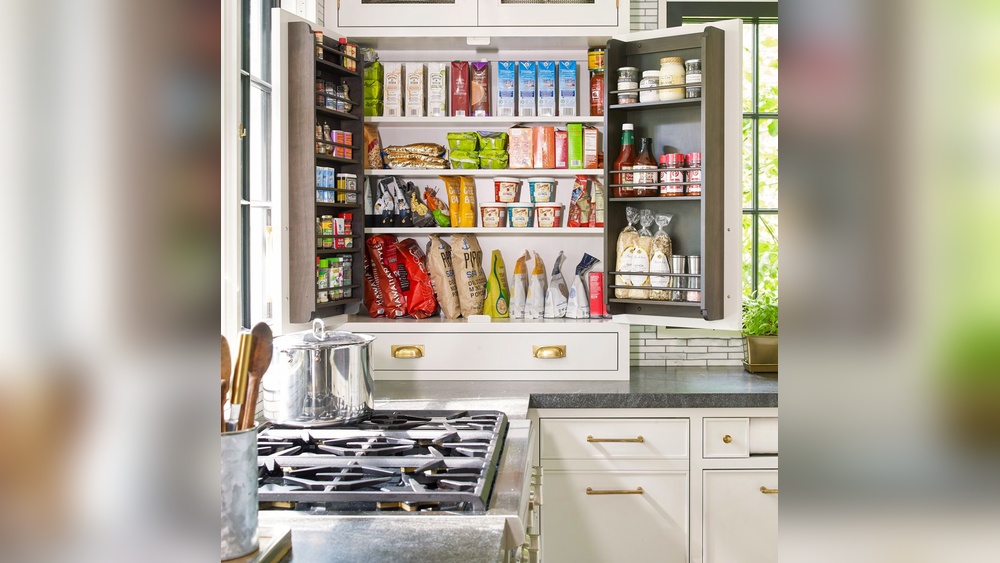Is your kitchen cabinet a chaotic mess where finding a simple plate feels like a treasure hunt? You’re not alone.
But imagine opening your cabinets and instantly spotting exactly what you need, making cooking and cleanup faster and less stressful. How you arrange things in your kitchen cabinets can transform your entire cooking experience. You’ll discover smart, easy-to-follow strategies to organize your cabinets like a pro.
From creating zones based on how you use your kitchen, to clever storage hacks that maximize every inch of space, you’ll learn how to make your kitchen work for you—no more digging, no more clutter. Ready to turn your cabinets into a smooth, efficient system? Let’s dive in!
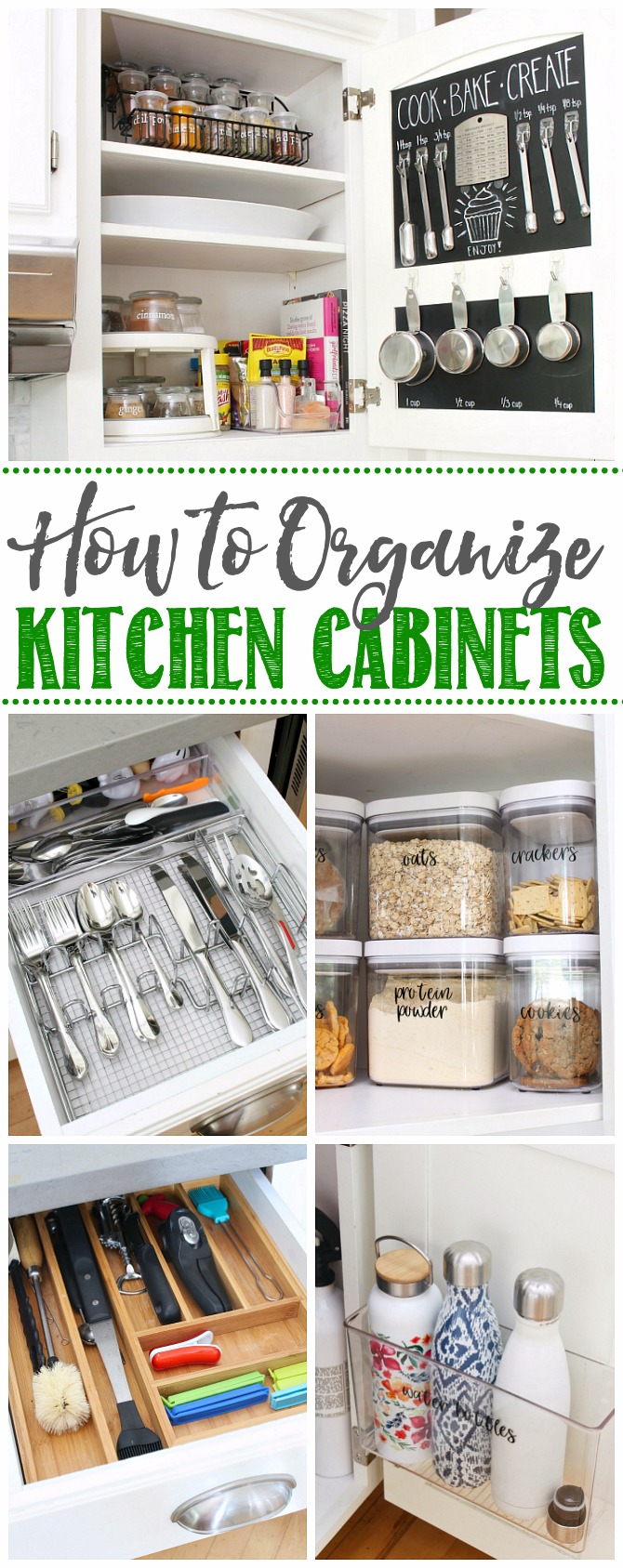
Create Kitchen Zones
Cooking zone near the stove holds pots, pans, and utensils. Keep these items close to where you cook for easy reach. Store spices and oils nearby for quick access during cooking.
Cleaning zone near the sink should have plates, bowls, and glasses. Place these in cabinets close to the dishwasher to make unloading fast and simple. Store dish soaps and sponges under the sink.
Food prep zone by the counter stores cutting boards, knives, and mixing bowls. Keep measuring cups and spoons here as well. This area should be clear and easy to use for chopping and mixing.
Sort By Frequency
Daily use items should be kept at the front of kitchen cabinets. This makes them easy to reach and saves time. Plates, cups, and utensils used every day belong here.
Occasional items can be stored in higher shelves. These include special cookware, seasonal dishes, or rarely used appliances. Keeping them higher frees up space for things used more often.
Arrange items so that frequently used things are low and easy to grab. Place less-used items above or further back. This way, the kitchen stays neat and efficient.
Organize By Item Type
Heavy items like pots and pans belong in the lower cabinets. This keeps them easy to lift and reduces injury risk. Store light items such as glasses and plates in upper cabinets for quick access. Avoid placing heavy things high up to prevent accidents.
Keep appliances near where you use them most. For example, store the toaster near the counter space used for breakfast. Put the microwave at a reachable height to avoid lifting heavy hot dishes. Group small appliances together to save space and keep counters clear.
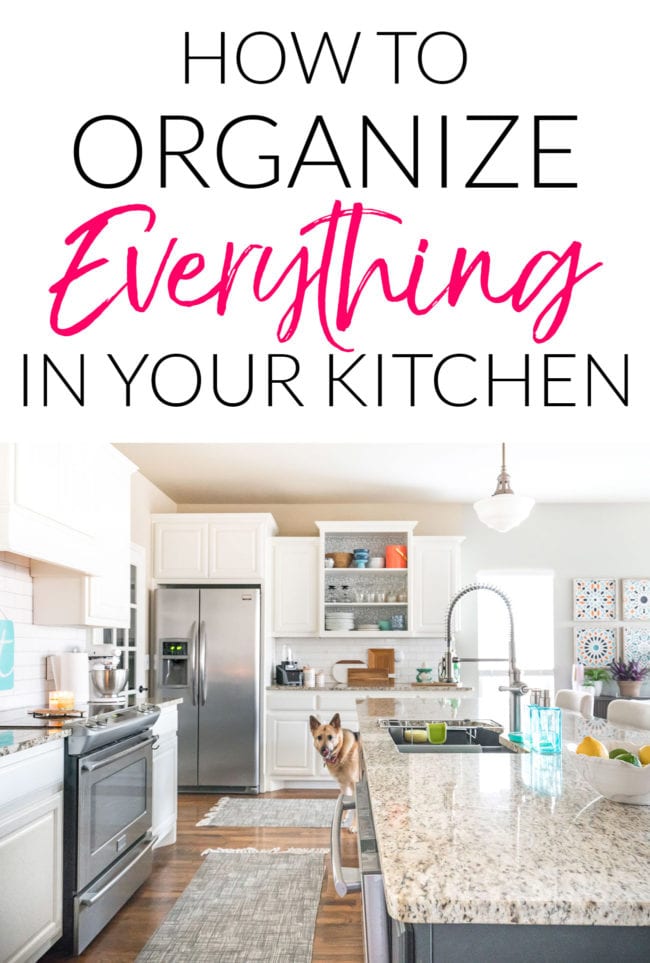
Maximize Cabinet Space
Shelf risers help create extra levels inside cabinets. They allow stacking plates, bowls, or cups without wasting space. Use risers to keep items visible and easy to reach.
Vertical dividers are perfect for storing baking sheets, cutting boards, and trays upright. This keeps them organized and easy to pull out. It also prevents scratching and damage.
The inside of cabinet doors can hold small racks or hooks. Hang measuring spoons, pot lids, or cleaning supplies here. This uses space that is often ignored.
Declutter Before Organizing
Start by removing all items from your kitchen cabinets. Sort them into three piles: keep, donate, and trash. This step helps to clear out things you no longer need or use. Only keep items that are essential and used often.
Check for expired food, broken tools, and duplicates. Toss or donate anything that is not useful. Decluttering creates more space and makes organizing easier. It also helps you find things faster later on.
Once the cabinets are empty and clutter-free, wipe the shelves clean. This keeps your kitchen fresh and ready for neat arrangement.
Group Similar Items
Baking supplies like flour, sugar, and baking soda should be kept together. Store them in one cabinet or shelf for easy access. Use clear containers to see ingredients quickly. Keep measuring cups and spoons nearby to save time.
Canned goods need organization by type and use. Group vegetables, fruits, and soups separately. Arrange cans with labels facing out for quick identification. Place most used cans at eye level. Less used items can go on higher or lower shelves.
Use Containers And Labels
Clear containers help you see what is inside quickly. They keep food fresh and make your kitchen look neat. Use containers of the same size for easy stacking. This saves space and stops items from falling over.
Labels are very helpful for finding things fast. Write what is inside on each container. Use simple words and big letters. This way, everyone in the house can find what they need without opening every box.
Clear containers plus labels make kitchen cabinets organized and easy to use. They reduce clutter and save time when cooking or cleaning.
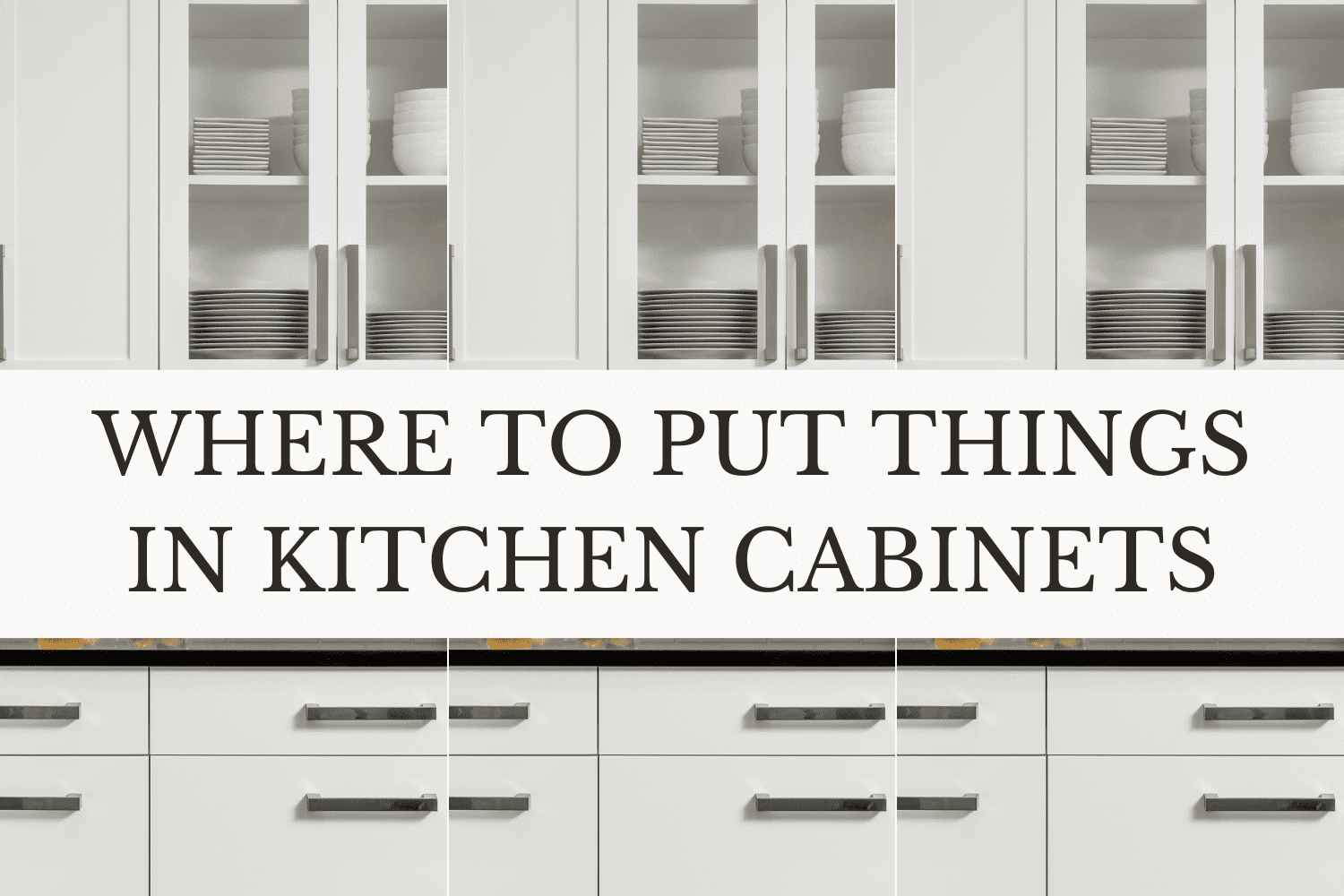
Stack Items Smartly
Stacking only identical items keeps your kitchen cabinets neat. It prevents items from toppling and makes it easier to find things. Grouping similar things together saves space and speeds up cooking.
For example, stack plates with plates and cups with cups. Avoid mixing different shapes or sizes. This keeps stacks stable and easy to grab. Use shelf risers or organizers to add more layers for stacking.
Keep heavy items on the bottom and lighter ones on top. This method prevents damage and makes stacking safer. Clear labeling on shelves can help everyone in the family know where items belong.
Frequently Asked Questions
How Do You Decide Where To Put Things In Kitchen Cabinets?
Organize kitchen cabinets by zones: store cooking tools near the stove, dishes near the dishwasher, and prep items by the counter. Keep daily items accessible and heavy or rare items lower or less reachable. Group similar items together for easy use and efficient workflow.
How To Arrange Food In Kitchen Cabinets?
Arrange kitchen cabinets by creating zones based on tasks. Store daily items at eye level and heavy or rare items below. Group similar items together near their usage spots for easy access and efficiency. Use shelf risers and door organizers to maximize space.
What Are The 9 Steps In Organizing A Kitchen Cabinet?
1. Empty all cabinets and clean thoroughly. 2. Sort items by type and frequency of use. 3. Create zones: cooking, cleaning, and food prep. 4. Store heavy items in lower cabinets. 5. Place daily-use items at eye level. 6. Use shelf risers for vertical space.
7. Group similar items together. 8. Store rarely used items on high shelves. 9. Utilize cabinet doors for extra storage.
What Kitchen Cabinet Color Is Outdated?
Outdated kitchen cabinet colors include yellow, avocado green, and dark brown. These shades often appear old-fashioned. Bright white and gray remain popular choices today. Choose neutral or soft tones for a modern, timeless look. Avoid overly trendy or harsh colors to keep cabinets stylish longer.
Conclusion
Organizing kitchen cabinets makes cooking and cleaning easier. Group items by use and location for quick access. Keep daily tools within reach and place heavy or rare items lower or further back. Use kitchen zones to save time and reduce clutter.
Small changes create a big difference in your kitchen’s flow. Enjoy a neat, functional space every day.
